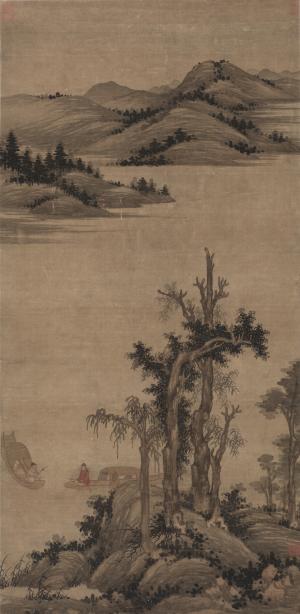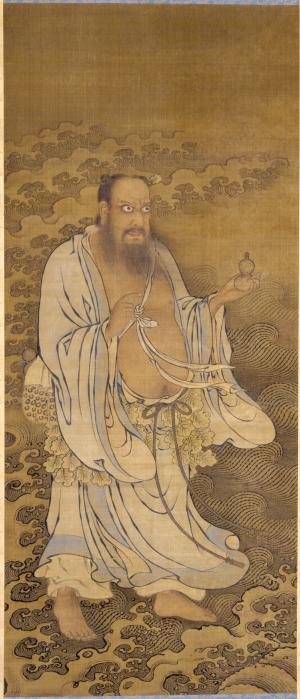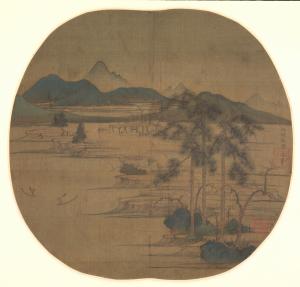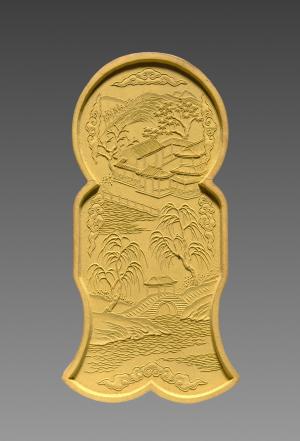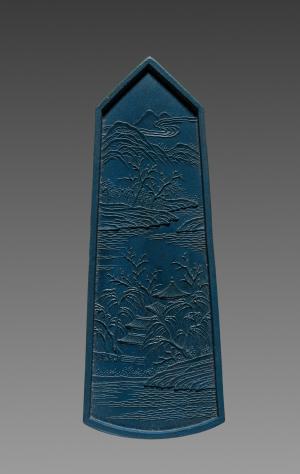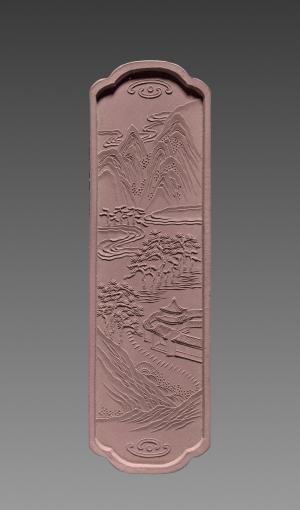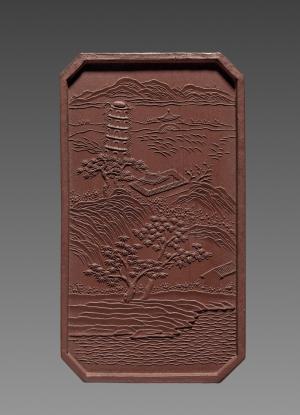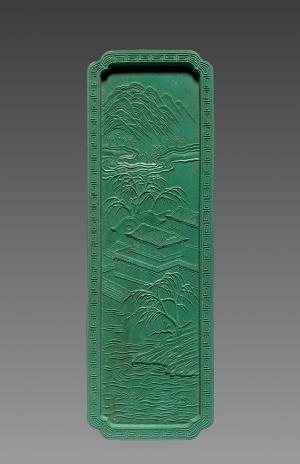Ink Flowers
詳細資料
Zhao Zhong's flowers, each paired with a poem, echo the fine-style colored flowers of the academic tradition, but instead he used only ink. Fine lines define the contours of each plant, as well as the veins within each petal and leaf. Careful ink washes give subtle modeling to the forms. The combination of lily, narcissus, and peony is unusual as the three belong to no known seasonal or symbolic system popular in the fourteenth century. Zhao’s medical training may have influenced the selection. Powdered lilies, for example, were prescribed to dispel grief, while the bark of tree peony roots was used as a treatment for various blood disorders.
This handscroll is a very rare example of ink flowers in the linear baimiao style of the fourteenth century.
John L. Severance Fund
Li Guochao 李國超 [20th century]
Cheng Qi 程琦 [1911–1988], to his son, Stephen O. K. Chen
?-1967(Stephen O. K. Chen [20th century], New York, NY, sold to the Cleveland Museum of Art)
1967-The Cleveland Museum of Art, Cleveland, OH
Overall: 31.8 x 153.2 公分 (12 1/2 x 60 5/16 英吋)
紙本
寶帶同心結,香羅合歡扇。/
繡作錦鴛鴦,雙雙為君獻。/
薔薇露灑熏籠衣,馨香奉君君勿違。
原初并題。
[印] 趙衷原初畫記
Artist's first poem:
The precious belt, the love knot;/
The scented silk and the round fan for the happy union./
Mandarin duck embroidery in the silk brocade,/
In pairs are they dedicated to you./
I splash the rose dews to the incense brazier,/
The fragrance of flowers, I offer you./
May you not violate the vow!
Inscribed by Yuanchu.
Seal: “Zhao Zhong Yuanchu huaji”
翠袂素羅韈,玉臺黃金盃。浩歌渡弱水。天風卷海三山開,麻姑方平為招飲,蛟宮獻舞銀濤堆。
原初并題。
[印] 雲林清趣、[印] 趙衷原初畫記。
Artist's second poem:
The green long sleeves with the white silk socks;/
On the jade terrace is the golden cup./
Singing the grand song, she crosses the calm river./
The heavenly winds blow and roll up the sea,/
Opening the Three Mountains./
Magu and Fangping summon the drinks./
The Dragon Palace offers the dance,/
Piling up silver waves in the sea.
Inscribed by Yuanchu.
Two seals: “Yunlin qingqu,” “Zhao Zhong Yuanchu huaji.”
右用湯叔雅慶元中所寫墨花法作此卷,又效李長吉體賦詩以題之。詩與畫雖未工,要皆出於古人之餘,譬猶欲成方圓而必求其規矩之用也,識者毋誚焉!至正辛丑八月望日,東吳野人趙衷原初謹識。
[印] 趙原初、[印] 傳世清玩
Artist's colophon:
I did this scroll, using the ink-flower method of Tang Shuya [i.e. Tang Zhengzhong 湯正仲 (mid 12th–early 13th century)] of the Qingyuan period. I also composed poems in the style of Li Changji [i.e. Li He 李賀 (790–816)] and inscribed herewith. My poems and painting may not be very good; they are nonetheless derived from the heritage of the ancients. It is just as if one wants to draw a square and a circle, one must first know how to use the ruler and the compass. May the connoisseur kindly refrain from laughing at them. The fifteenth day of the eighth month in 1361. Respectfully inscribed by Dong Wu Ye Ren [a rustic of the Eastern Wu], Zhao Zhong, Yuanchu.
Two seals: “Zhao Yuanchu,” “Chuanshi qingwan”
水墨

